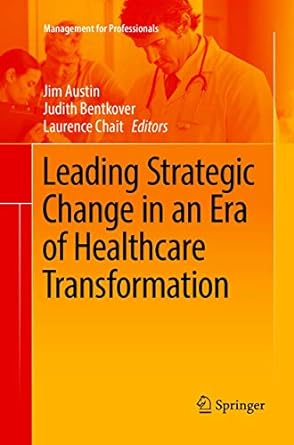Question
Question 1 pts Economists assume that people determine their labor supply to a) minimize the amount of work they have to do to meet a
Question 1 pts
Economists assume that people determine their labor supply to
a) minimize the amount of work they have to do to meet a consumption goal
b) to work the same amount as others in their family
c) maximize their income
d) maximize their utility
Question 2
Which statement is true about indifference curves?
a) It is equal to zero at the number of hours of labor a worker will supply
b) It is a curve on a graph with utility on the vertical axis and income on the horizontal axis
c) It is a special case where workers don't care how much money they receive for work
c) A worker is equally satisfied at every point along the curve
Question 3
What is true about the number of hours a worker will choose?
a) The iso-utility curve is just tangent to the budget line at that number of hours the person will choose to work
b) The iso-utility curve becomes vertical at the minimum amount of goods a person needs to live
c) The iso-utility curve crosses the budget line at the number of hours a worker will choose
d) Each worker has only one iso-utility curve
Question 4
In choosing how many workers to hire, a firm that has no wage setting power (that is small relative to the labor market) will...
a) choose employment so that the marginal product of labor equals the wage
b) hire only the number of workers it needs to fill its inventories
c) choose employment to maximize the average output of all workers
d) choose employment so that the marginal product of labor is zero
Question 5
Increasing an income tax on workers will, in theory,...
a) lower hours of work and lower income
b) have uncertain effects on income
c) increase hours of work and income
d) have uncertain effects on labor supply
Question 6
Firms that are wage takers (that are small relative to their labor market) will...
a) set employment so that the production possibility frontier is just tangent to the wage line
b) set employment so that no worker is unhappy with both wages and hours
c) set employment to the point where the wage line crosses the production possibility frontier
d) set employment so that workers are equally happy with their wages and hours of work
Question 7
The net present value of an investment...
a) is likely positive as long as costs today equal benefits in the future
b) always declines with increases in the discount rate
c) is the discounted sum of all current and future revenues net of costs
d) becomes larger with an increase in the discount rate if benefits are mainly in the future and costs are current
Question 8
The internal rate of return is
a) equal to zero if it crosses the hurdle rate
b) the net present value of an investment using market interest rates as the discount rate
c) the discount rate at which the NPV=0
d) ratio of total income from an investment divided by its cost minus 1
Question 9
Which of the following is not a financial intermediary?
a) Banks
b) Money Market Mutual Funds
c) Savings and Loans
d) The US Treasury
Question 10
In the life-cycle savings model people typically are assumed to
a) not save when they are young so they have to save a lot when they are old in order to be prepared for retirement
b) save a little throughout their lives for retirement
c) borrow when young and then pay off their debts as they age relying social security and pensions for retirement income
d) borrow when young, save in middle age, and spend their savings in retirement
Step by Step Solution
There are 3 Steps involved in it
Step: 1

Get Instant Access to Expert-Tailored Solutions
See step-by-step solutions with expert insights and AI powered tools for academic success
Step: 2

Step: 3

Ace Your Homework with AI
Get the answers you need in no time with our AI-driven, step-by-step assistance
Get Started


